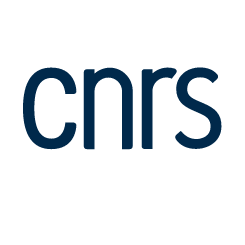Advancing Chronology Building for Introduced Agouti (Dasyprocta sp.) in the Pre-Columbian Lesser Antilles, Caribbean
Résumé
Between 2500 and 500 BP Indigenous peoples introduced numerous animals to the Caribbean from the continental Americas. Among these was the agouti (Dasyprocta sp.), a medium-sized, Neotropical rodent. Although the agouti is the most widespread and ubiquitous of precolumbian introduced animals, attention to the cultural dynamics and chronology of its introduction has been limited. Notably, only one specimen has been directly radiocarbon dated despite the same having been done for many other prehistorically introduced animals, which has altered the accepted timing of arrival and their endemic status. Accordingly, the agouti’s low-resolution chronology significantly hampers understanding of the sociocultural conditions of introduction and interaction with humans. Here, we report seven new AMS dates from five sites on four islands: Antigua, Nevis, Marie Galante, and Carriacou. These dates represent the first critical, systematic effort to develop a chronology for this species in the Lesser Antilles. We discuss the archaeological significance of these results and recommendations for future chronology building, including the application of chronometic hygiene protocols.
